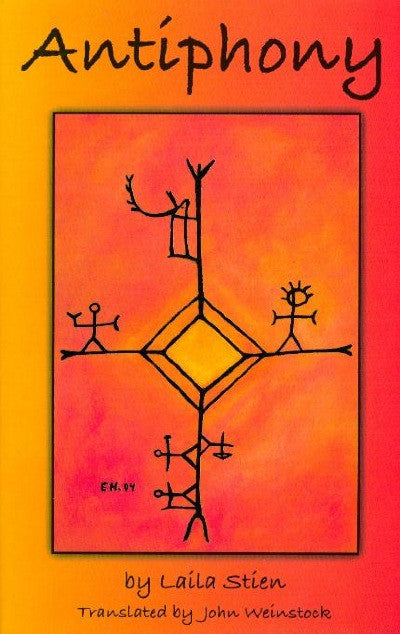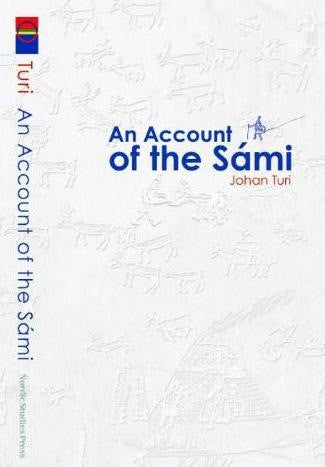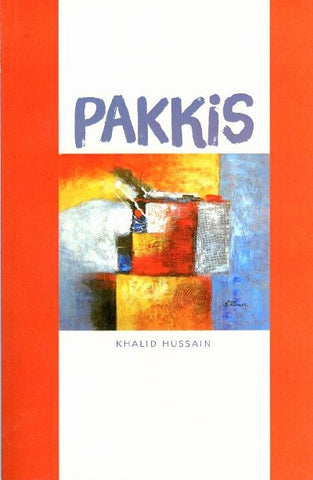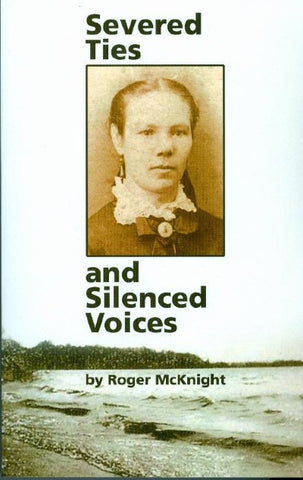
Antiphony
edited by John Weinstock
ISBN
The novel, Antiphony [Vekselsang], presents a wonderful picture of Sámi culture in transition and in the face of inevitable outside forces. In this sense it is a much more universal work demonstrating how an indigenous culture reacts to a dominant culture and what happens over the course of a relatively short period.
The narrator, a young social scientist who works for a newspaper in Oslo, goes to Northern Norway on leave after a colleague tells her she lacks initiative. On the surface she is supposed to write a book about structural relationships among the Sámi (formerly Lapps). However, loneliness, in spite of a good social life with her friends in Oslo, a tense relationship with her own family, and a feeling of stagnation in her career seem to be the main reasons for her going away.
She becomes acquainted with three generations of Sámi women, hears their stories and attempts to make sense of them. Soon she loses her role as impartial observer and becomes more involved in their lives. The more she discovers, the less she feels she understands.
The novel presents a wonderful picture of Sámi culture in transition and in the face of inevitable outside forces. In this sense it is a much more universal work demonstrating how an indigenous culture reacts to a dominant culture and what happens over the course of a relatively short period. The novel is also an anti- or non-ethnography in a sense, blurring the lines between the center/periphery (narrator/Sámi women).
Laila Stien is a novelist, poet, author of children's literature and translator from Hemnes, Norway. Translated by John Weinstock, the University of Texas, Austin.
 Nordic Studies Press
Nordic Studies Press



